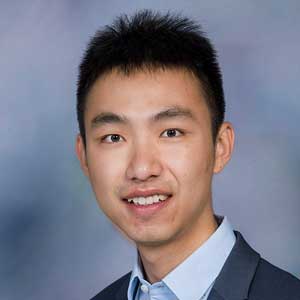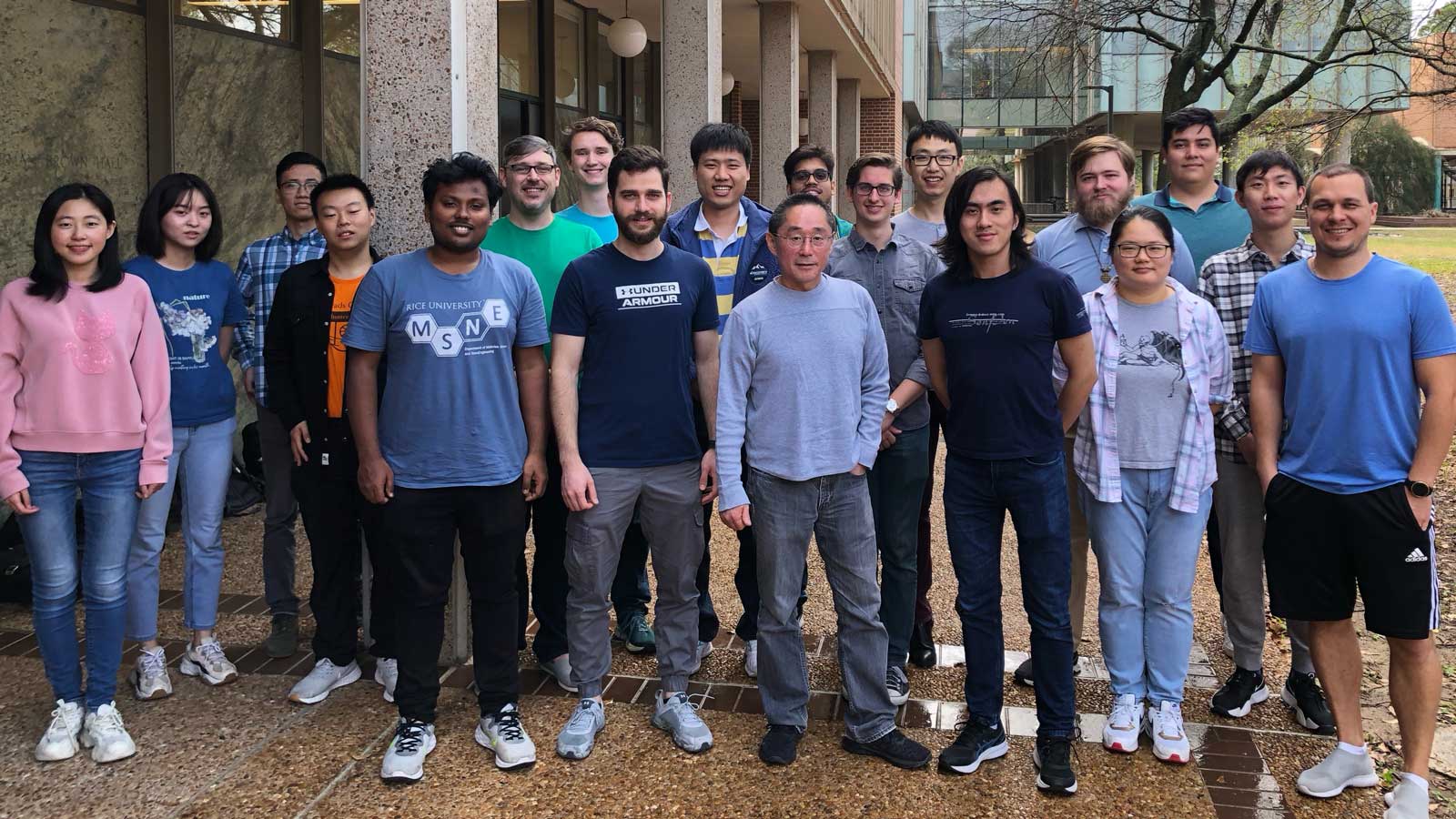Hanyu Zhu and his fellow researchers hope to create something very big that few people will ever see.

“We want to see quantum entanglement among billions of particles in a piece of solid material. It looks like a shiny speck of dust to us but is, in fact, massive in the quantum world,” said Zhu, assistant professor of materials science and nanoengineering (MSNE) at Rice.
The three-year, $2.5 million project is made possible by a $1.2 million grant from the W.M. Keck Foundation, matched by $1.3 million from Rice.
“We seldom see the unusual features of quantum mechanics at the human scale,” Zhu said, “such as an object with a spreading wavefunction or, more colloquially, in two places at once.”
Zhu’s collaborators on the interdisciplinary research team at Rice are Kaden Hazzard, associate professor of physics and astronomy, and Junichiro Kono, professor of electrical and computer engineering and co-chair of the Rice Quantum Initiative.

To help explain the goal of the project, Zhu recalled the well-known thought experiment known as Schrodinger’s cat, which suggests that quantum mechanics permits a cat to be “alive and dead” simultaneously. Such strange quantum states of objects are not observed because they are easily destroyed by interactions with their surroundings. New material and observation techniques, however, should make them more stable.
“We have discovered,” Kono said, “that a certain material containing two types of magnetic atoms can entangle with each other automatically at low temperatures. This inherent interaction protects the quantum features even when the particle number is large enough to be felt by your hand.”
“Demonstrating quantum entanglement is difficult. But a simple property called ‘squeezing’ is a definitive indicator of entanglement,” Hazzard said. “Heisenberg’s uncertainty principle tells us that pairs of quantities can’t simultaneously be defined more accurately than with some minimum uncertainty. When fluctuations of the magnetic spins in one direction drop below a certain value, we call this squeezing, and the system is guaranteed to be entangled.”
“Using sensitive detection tools and the theory of quantum squeezing that was initially developed for small numbers of floating atoms,” Zhu added, “we hope to bring quantum features to solids containing a million times more atoms, possibly bringing them from fundamental physics to real applications.”
Such states can be a resource for quantum technologies that can achieve things classical – that is, non-quantum -- technologies cannot. For example, the squeezed spins may measure tiny magnetic fields more accurately, or become the building blocks of quantum computations for problems considered too difficult for any existing computer.
The Keck Foundation, based in Los Angeles, supports scientific and engineering research, and is among the largest philanthropic organizations in the U.S. The research is also supported by the team members’ home departments, the schools of engineering and natural sciences and the Rice Office of Research.

